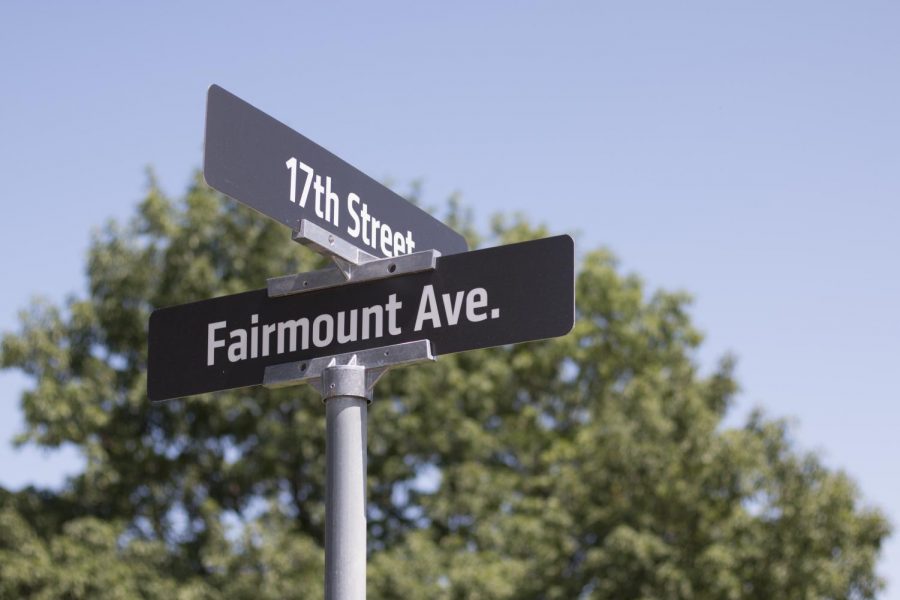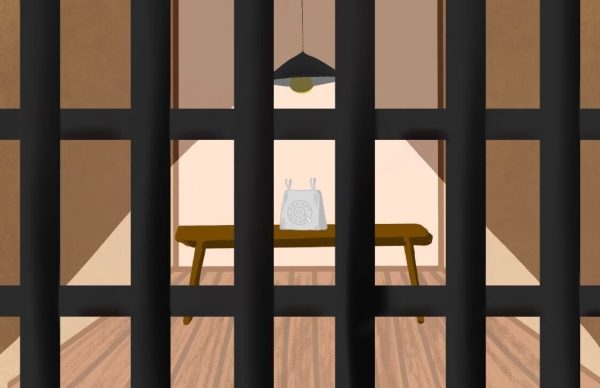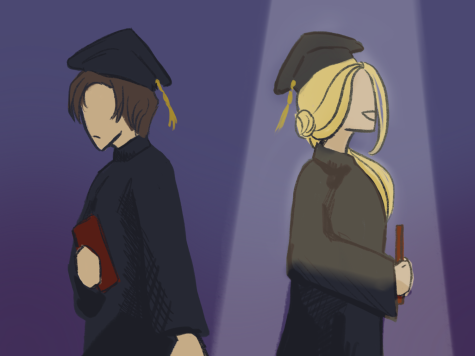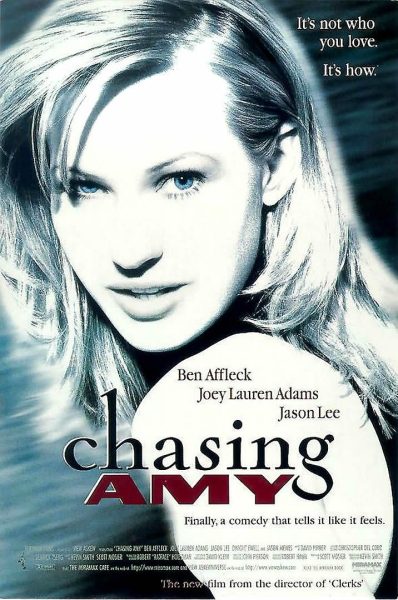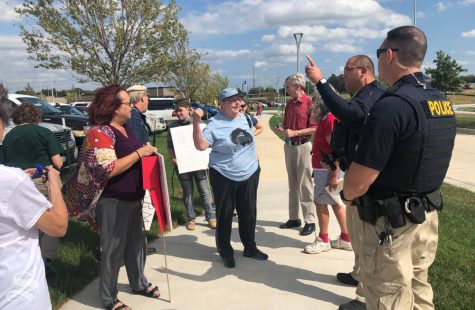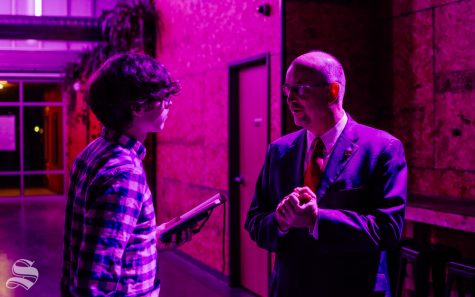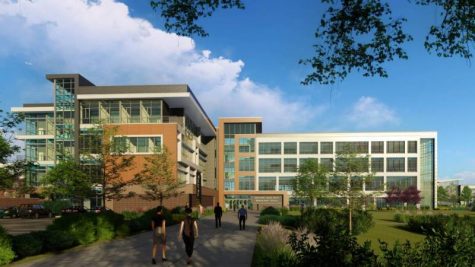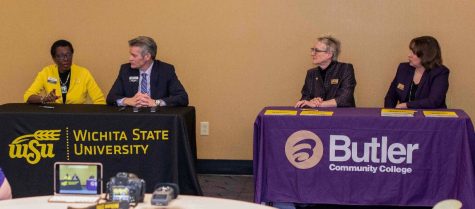Editorial: Stewardship to Fairmount is an obligation for WSU — with or without grant money
The Fairmount neighborhood is located just south of Wichita State’s campus, across 17th Street.
The histories of Wichita State and the Fairmount neighborhood are deeply intertwined.
In fact, the primary motivation for the formation of the university was the idea that Wichita could be a city of professionals that, in turn, could attract potential homebuyers for the surrounding area.
Just as the histories of WSU and Fairmount are intertwined, so too are their futures.
Wichita State is on a mission of growth and expansion. As the university strives for these ideals, the neighborhood and community that fostered its foundation should not be left behind.
The ecosystem of the community relies on a symbiotic relationship between WSU and Fairmount — an alliance that mutually benefits university stakeholders and Fairmount residents.
Developers capitalize on Fairmount’s proximity to WSU to create budget housing options for students who can’t afford to live on campus. As WSU shifts its recruiting strategy to bring in more out-of-state students, the demand for housing next to campus will only go up.
That means the gradual gentrification of the community, as houses are razed for apartment complexes and Fairmount residents are replaced by students.
Residents speculate that Fairmount will likely be the next frontier for university expansion after the former Braeburn Golf Course space is filled. Even if WSU has no immediate plans to expand across 17th Street, the university’s presence continues to spur on development that alters the makeup of the neighborhood.
Even so, residents interviewed for The Sunflower’s Fairmount series recognized that continued development is essentially inevitable and said they enjoyed living close to the university anyways. After all, WSU acts as a good steward to the neighborhood. Right?
Well, they certainly do when there’s grant money to back it up.
In the wake of the brutal 2014 rape and murder of Letitia Davis in Fairmount Park, WSU’s launched the Enough is Enough campaign and secured a $250,000 grant from the Kansas Health Foundation.
With that grant money, WSU’s Public Policy and Management Center improved lighting in the park, updated tennis and basketball facilities, and organized a medical mission. The university also conducted a comprehensive survey with a better-than-50% response rate to understand perceptions and needs of the community.
But that data seemingly hasn’t been used for much, because grant money ran out last year.
As grant money expired, so did the positions of two key players in the Enough is Enough campaign, Darryl Carrington and Ted Ayres. Although Ayres’ salary was not paid by grant money and he was already on a phased retirement plan, both he and Carrington said it was made clear to them that the university didn’t have the financial resources to continue the same level of outreach work in the community beyond their tenure.
If WSU is unwilling to use its own resources to do good in the community, what does that say about our priorities as a university?
Ayres said the Enough is Enough effort “wasn’t a grandiose put up new buildings, reach out to aviation.
“It was using our talent and our expertise and our resources and our energy to do something from the heart,” he said.
And with student-centric development changing the landscape of Fairmount, finding more ways to give back to the neighborhood is an obligation for WSU. Investing in the Fairmount community can’t just be a public relations move for when the money is provided by an outside source.
WSU should find more ways to get Fairmount residents involved in the university. After all, not every child grows up across the street from a research institution. Just stepping foot on a college campus could open doors for an underserved child.
Fairmount once had an after-school program that provided games, tutoring, and occasional field trips for children. The program was held in the education building adjacent to the Fairmount United Church of Christ, but that space was lost when the church sold the property to developers who plan to convert it to housing. For WSU students.
WSU should fund and host programs that promote education and engagement in the community. Bringing elementary students to campus wouldn’t be a first for WSU.
“We’re encouraging those students to be engaged with us from the time they’re little children,” late President John Bardo said of the students at Wonder, the private, Koch family-funded elementary school that opened on campus last fall.
With money from a second Kansas Health Foundation grant expiring this fall, the future of WSU’s involvement in the Fairmount community remains uncertain. It’s time for the university to rise to the occasion and invest in the neighborhood that university growth and expansion affects the most.




